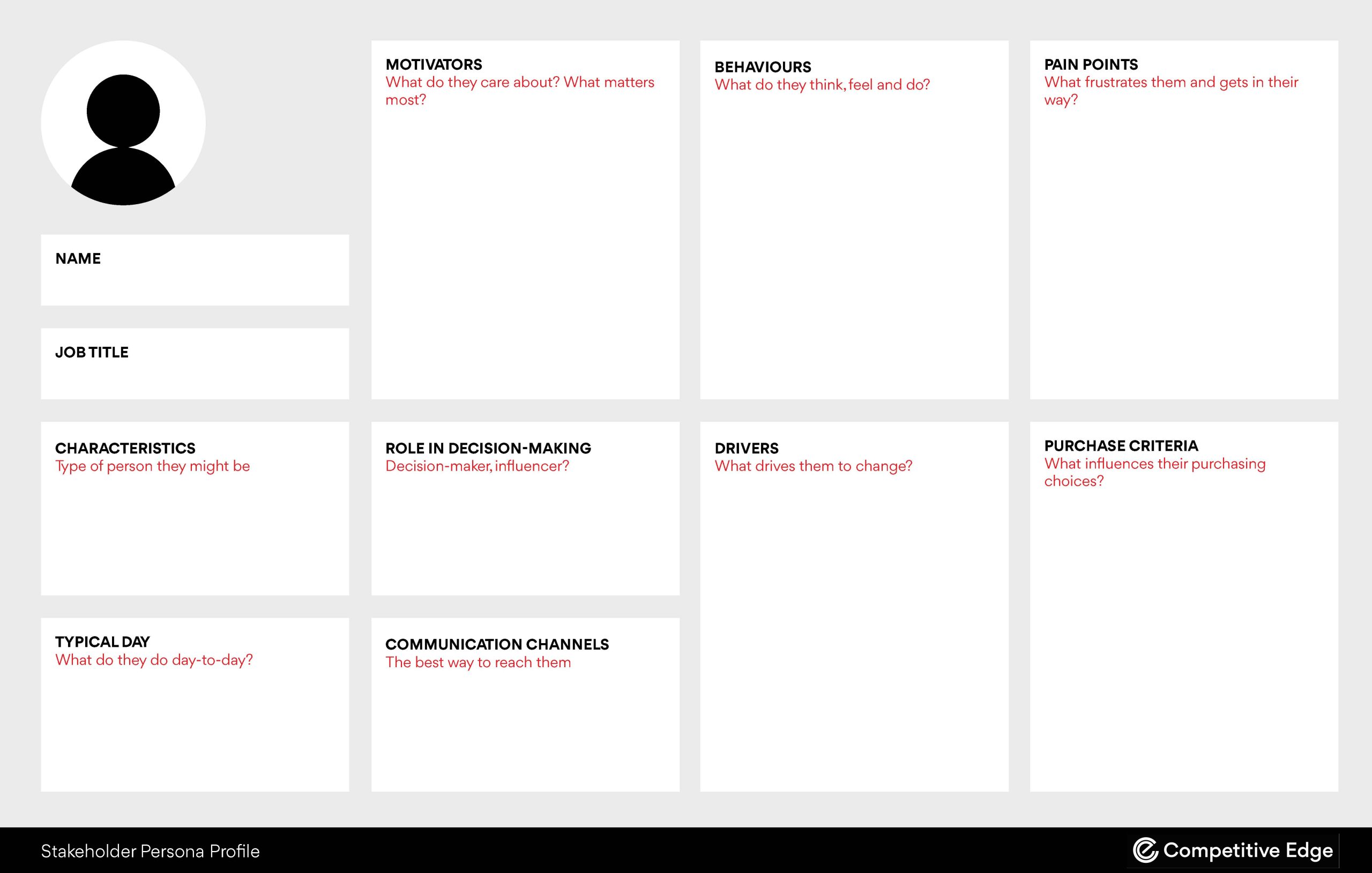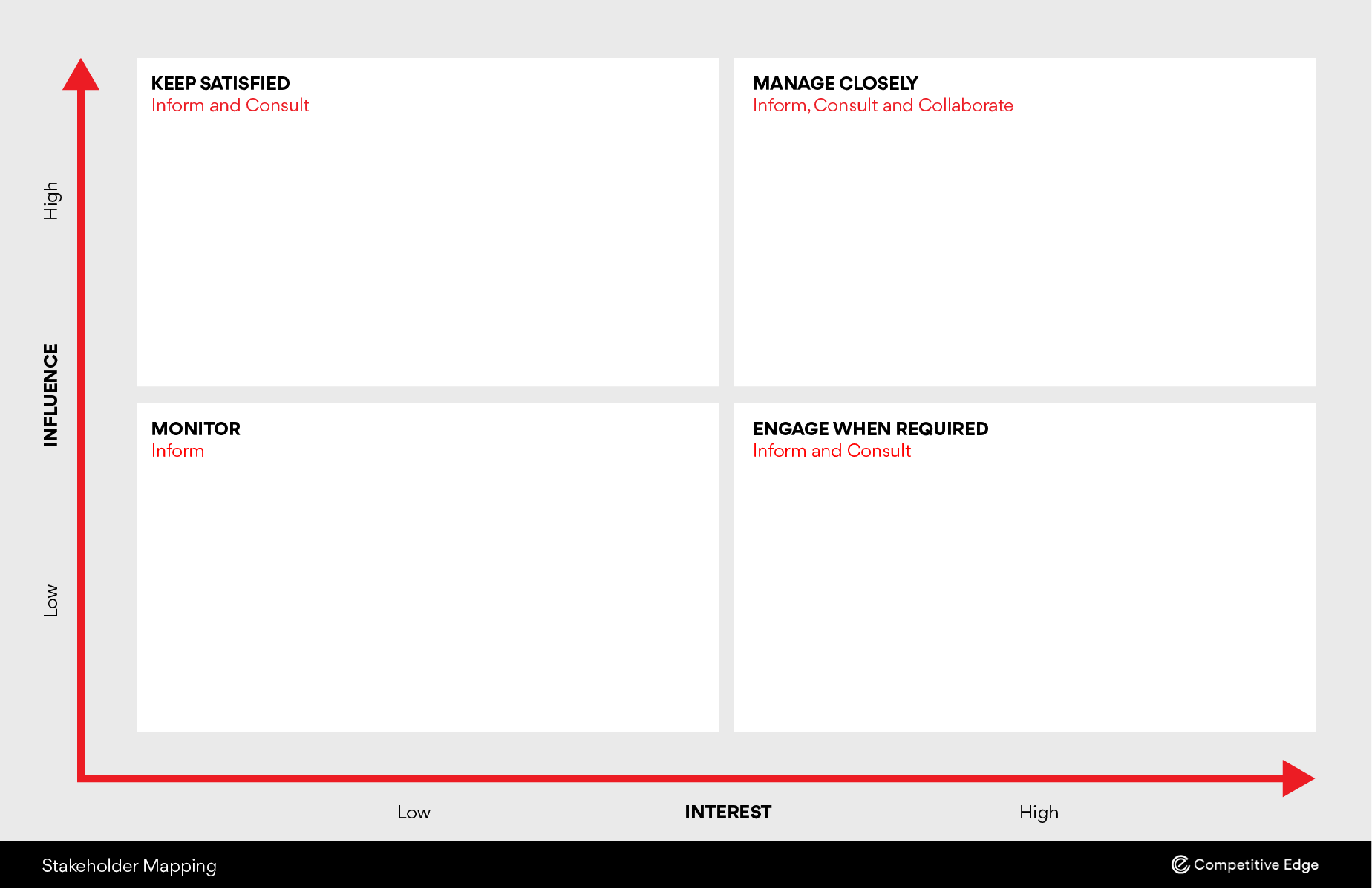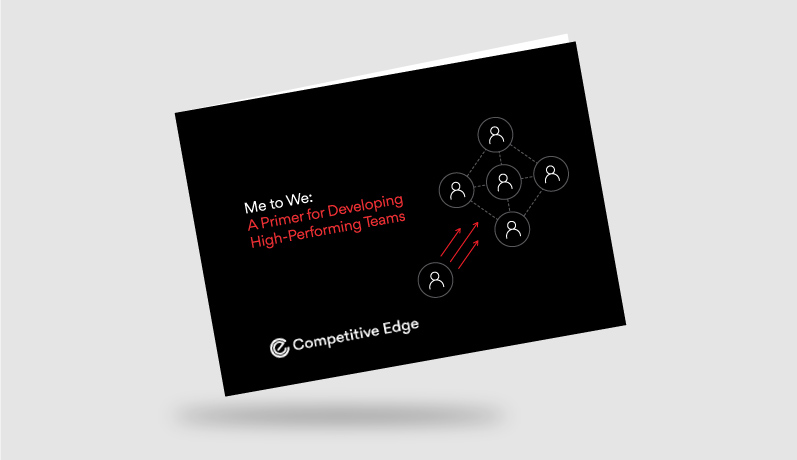In the B2B arena, there are two types of sales – tansactional and complex. Transactional sales are typically those with a lower price point, lower risk and fewer stakeholders who will be affected by a decision to make a purchase. Complex sales, however, present a unique set of challenges that demand a strategic approach. Aimed at sales professionals, this article lifts the lid on the intricacies of tackling complex B2B sales and introduces two powerful tools that can help revolutionise your approach to them.
Larger deals with larger companies are the most sought after for any business selling B2B. Not just because of the amount of money involved but because when your business delivers value they can lead to a much longer, mutually beneficial relationship between your company and the client for many years to come.
But larger deals are complex meaning sales professionals need to do more in order to close.
Because clients pursue greater outcomes, these complex B2B sales involve many underlying issues that need resolution. That means salespeople will find themselves offering various solutions and making numerous trade-offs in order to meet their prospective client’s needs.
On the client’s side, higher investment comes with greater risk and heightened accountability. This leads to more internal consultation and external research extending the sales cycle when compared to Transactional Sales.
As complexity, investment and risk escalate, a larger pool of stakeholders is inevitably involved in the buying decision. This alters the sales process, necessitating a distinct set of commitments to progress towards closing the deal.
In larger companies, there can be 10 or more stakeholders involved in a large purchasing decision, ranging from decision-makers to influencers, as well as those who could be directly using the product or service in question. Understanding their varied responsibilities and perspectives is paramount if you are going to help progress the deal. Each stakeholder brings their own set of priorities, motivations and concerns to the table, making consensus-based decision-making the name of the game.
So how can the sales professional successfully navigate this complexity? Using stakeholder personas and mapping is a great way to give you a micro and macro view of this complex decision-making landscape.
Using Persona Profiles
Originally developed as a tool to help software designers better understand their users’ needs, persona profiles are a powerful way for sales professionals to ‘zoom in’ on individual stakeholders within complex B2B sales. Understanding each stakeholder’s characteristics, motivations, and pain points will help you tailor your sales efforts for maximum impact and alignment across teams.
Developing Stakeholder Persona Profiles:
- Create a one-page Persona Profile for each stakeholder involved in the sale.
- Outline each stakeholder’s role, backstory, characteristics and day-to-day activity.
- Consider emotional factors such as their motivations, behaviours and pain points.
- Consider functional factors such as their role in decision-making, their purchasing criteria, what and who influences them, and the best channels to engage with them.
- Which of these best describes their role in decision-making?:
- Decision maker – someone who will ultimately decide on whether to proceed
- Influencer – someone who has a direct influence on the buying decision
- Gatekeeper – someone who has the power to stop you from accessing key individuals
- End-User – someone who will be directly using the product or service in question
- Blocker – someone who is actively discouraging the purchase
Developing persona profiles not only helps you gain a greater understanding of the stakeholders involved but also shapes your communications with them so they are better and more effective.
Stakeholder Mapping
Now that you have a greater understanding of the individuals involved, how do you know when, how, and how often to engage with them? That’s where stakeholder mapping comes in. From categorising stakeholders to determining the best communication methods, stakeholder mapping enables you to ‘zoom out’ so you can see the bigger picture. Ensuring you can allocate your time and effort more efficiently while mitigating the risk of ignoring key people and scuppering success in the process.
How to Conduct Stakeholder Mapping:
- Consider each stakeholder from your persona profiles
- Analyse and categorise them based on their level of influence and engagement.
- Map stakeholders using a four-quadrant matrix, considering attributes such as interest and influence.
- Plan your communications strategy based on your stakeholder map, ensuring tailored engagement for maximum impact.
Those stakeholders in the top right quadrant are the most influential and interested, so they need to be managed most closely. Meanwhile, those in the other quadrants must be informed and consulted as appropriate, depending on their level of interest and influence in the sale. To truly master complex B2B sales, sales professionals need more than just a surface-level understanding of the people involved.
By combining stakeholder personas and mapping, you can unlock new levels of insight, alignment and effectiveness in navigating the complex landscape of B2B sales. Download our free stakeholder personas and mapping templates today and start transforming your sales strategies.



